Mangia, mangia! Learn how to eat Italian foods without heartburn.
When you think about Italian food, what comes to mind? Chances are you said pasta with tomato sauce, or maybe pizza or garlicky meat and fish dishes. And, of course, there is plenty of olive oil to go around. But despite the fact that there are some common Italian recipes and ingredients that can trigger acid reflux, you can learn to navigate Italian cuisine and enjoy it—without the painful repercussions.
Identify the common culprits.
It’s an unfortunate truth that Italian food contains more than its fair share of reflux triggers. Knowing your specific triggers is important since we are all different. Not everything on this list will likely be a problem for you; there may be some additional triggers for you that are not on this list.
- Tomatoes—highly acidic, tomatoes are plentiful in Italian dishes. In fact, the Pomodoro is practically symbolic of Italian cuisine.
- Garlic and onions—it’s hard to get around these two common ingredients, although heavy use of garlic is more of an American interpretation of Italian food. In Italy, garlic and onion often are not combined in the same dish, and it’s possible to find dishes that do not contain them.
- Cheese—the presence of cheese in Italian food depends on the region. Although many American versions of Italian food come laden with cheese, you’ll likely find cheese used with a lighter hand in Italy. It’s often consumed on its own instead of as an ingredient (an exception might be ricotta used in desserts).
- Fried foods—Italian cuisine is filled with fried food, from appetizers to entrees to desserts. Deep-fried seafood, rice balls (arancini), or cheese-filled rice croquettes (suppli) are all very popular starters. Other fried foods you might find are chicken or eggplant parmigiana, veal Milanese, and cannoli (the shells are deep-fried), and various fried dough creations may appear on the dessert menu.
- Creamy sauces—creamy Italian sauces are sometimes used on pasta dishes, but not everything described as “creamy” has added cream, so it pays to ask. Spaghetti carbonara is creamy due to the use of egg in the sauce, while Alfredo sauce is a butter and Parmesan-based sauce (and is still high in fat).
- Spices—generally, the farther south you go in Italy, the more spicy the food gets. Spicy foods are a common acid reflux trigger. In Italian foods, look for ingredients like hot red chiles (often Calabrian chiles), cayenne pepper, and crushed red pepper flakes. You may want to steer clear of any pasta that includes “all Arrabbiata” in its name, which means “angry” and is spicy.
- Fatty desserts—tiramisu is an Italian favorite packed with mascarpone cheese, heavy cream, and espresso. While delicious, you can see how this combo could send you straight to heartburn city, especially when it follows a full meal. Other desserts to avoid include affogato (ice cream topped with espresso), semifreddo (“half-frozen” cream-based dessert), zeppole (fried ball-shaped doughnuts), panna cotta and cannoli (pastry tubes filled with a sweetened ricotta cheese mixture).
Opt for delicious alternatives
Luckily, Italian food is diverse and features plenty of tasty options that will allow you to sidestep your reflux triggers. Three general tips for selecting a gut-friendly Italian meal are:
- Avoid eating a heavy, fatty meal. Fatty foods can relax the lower esophageal sphincter and take longer to digest, both of which can increase the likelihood that stomach acid will move back up into the esophagus.
- Opt for foods that don’t increase gastric acid secretion. Acidic foods can increase gastric acid production, but there are plenty of vegetables and fruits that aren’t acidic.
- Consider limiting alcohol and skipping post-meal coffee. Both beverages may trigger acid reflux.
Here are a few suggestions of what to choose at a restaurant (or prepare at home) that will deliver a flavorful Italian meal experience that won’t leave you in pain later:
Appetizers: vegetable-based soups, salads without salami and pepperoncini
Entrees: grilled meat or seafood dishes, veal or chicken marsala, pasta with broth, seafood or vegetables (but without cream, tomato sauce, or heavy oil), risotto made without cream or lots of cheese, “white” pizza
Desserts: Gelato is made with more milk than cream, so it is lower in fat than ice cream, and portions are also typically on the small side; zabaglione, a sweet egg-based sauce that’s often served with fruit; crostata, a free-form, single-crust fruit pie; granita, a flavored, crystalline dessert similar to a snow cone in texture; and simple Italian cookies such as pizzelle or biscotti.
Smart dining at Italian restaurants
It’s not just what you eat that can lead to post-meal acid reflux; it’s how, when, and how much.
- Check out the menu of Italian restaurants online ahead of time so you can plan what you’ll get.
- Don’t be afraid to ask how foods are prepared if it’s not obvious from the menu.
- Watch your portion size. Restaurant portions are often oversized, so asking for a to-go box right away when you order your meal can be helpful. That way, you can immediately put half of your entree portion into it when your food arrives. Avoid serving food in a “family style” at home since it can encourage second helpings.
- Eat slowly and mindfully. Tuning into your food's taste, aroma, and texture is an important part of eating satisfaction. Eating at a slower pace also allows you to connect more easily with your fullness level, making you less likely to overeat.
Italian-inspired recipes for a happy gut
Check out these Foodguides recipes:
Spinach, Artichoke and Chicken Pasta
Gluten-Free Pizza Crust with GERD-Friendly Toppings
There’s no need to miss out on amazing Italian food. Choose your food wisely and enjoy moderate portions, and you can say arrivederci to reflux.
- Catalkaya, G., Venema, K., Lucini, L., Rocchetti, G., Delmas, D., Daglia, M., De Filippis, A., Xiao, H., Quiles, J. L., Xiao, J., & Capanoglu, E. (2020). Interaction of dietary polyphenols and gut microbiota: Microbial metabolism of polyphenols, influence on the gut microbiota, and implications on host health. Food Frontiers, 1(2), 109-133. https://doi.org/10.1002/fft2.25
- Tosetti, C., Savarino, E., Benedetto, E., De Bastiani, R., & Study Group for the Evaluation of GERD Triggering Foods (2021). Elimination of Dietary Triggers Is Successful in Treating Symptoms of Gastroesophageal Reflux Disease. Digestive diseases and sciences, 66(5), 1565–1571. https://doi.org/10.1007/s10620-020-06414-z


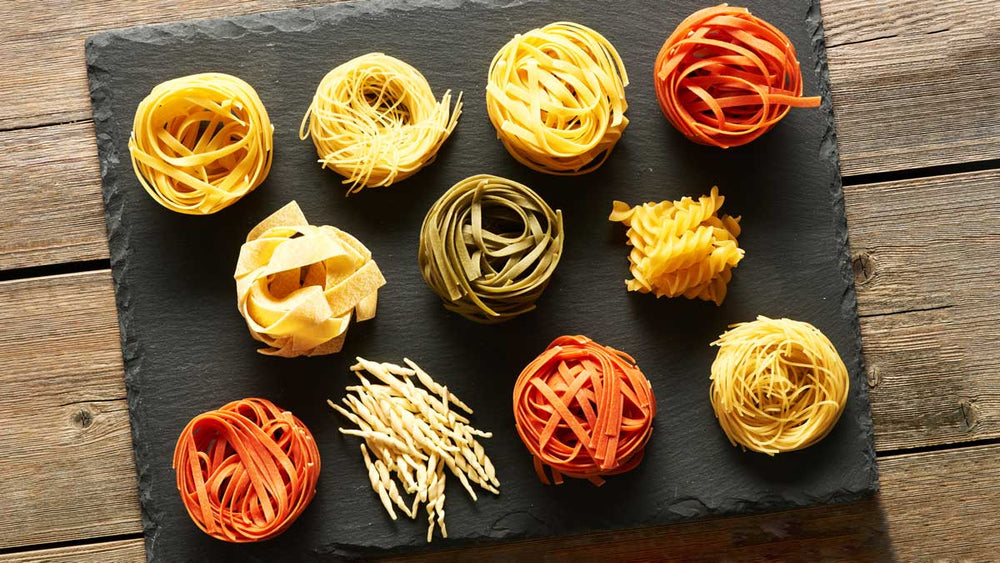
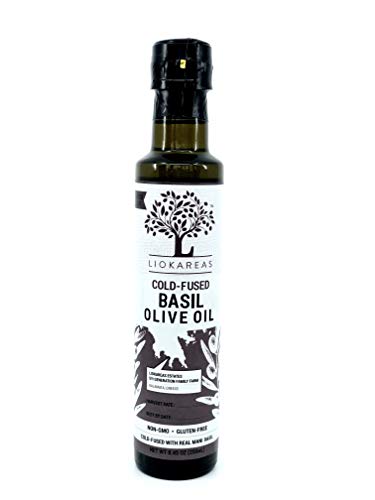
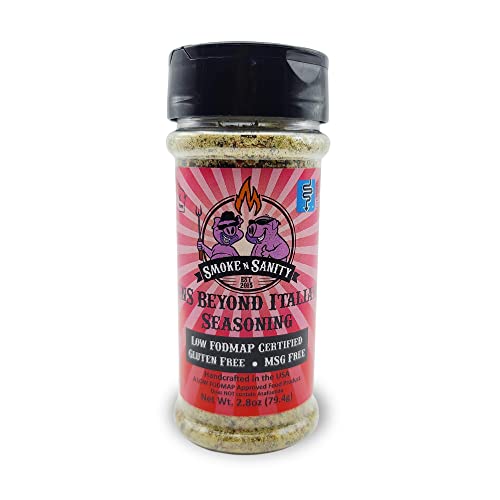
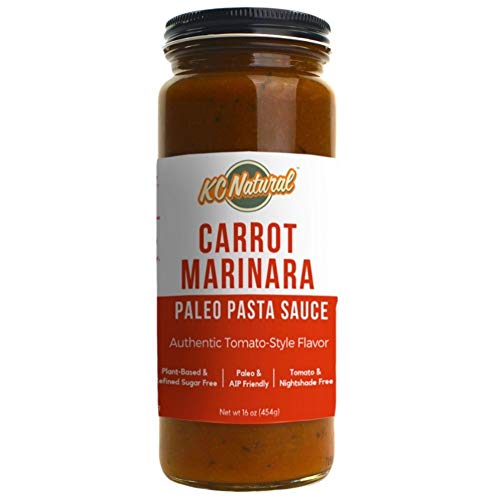
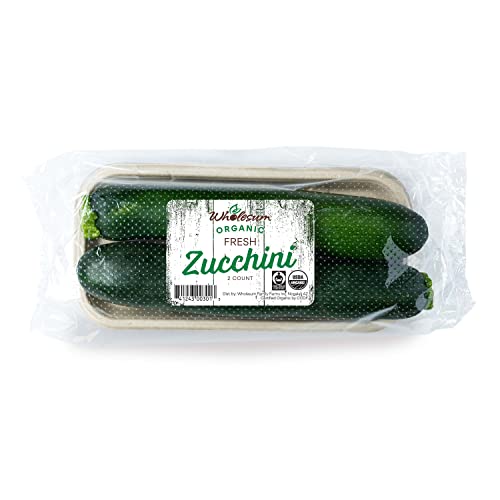

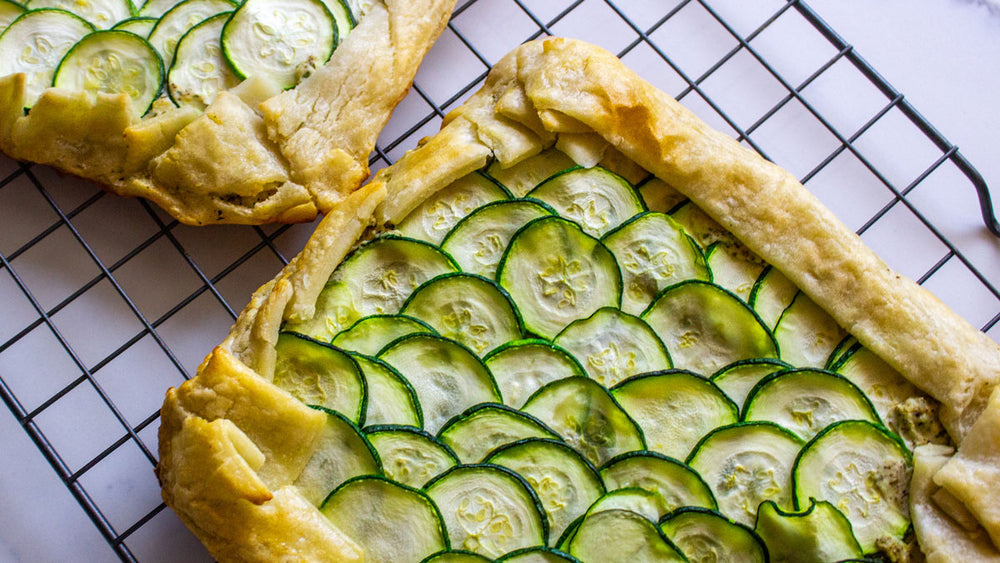


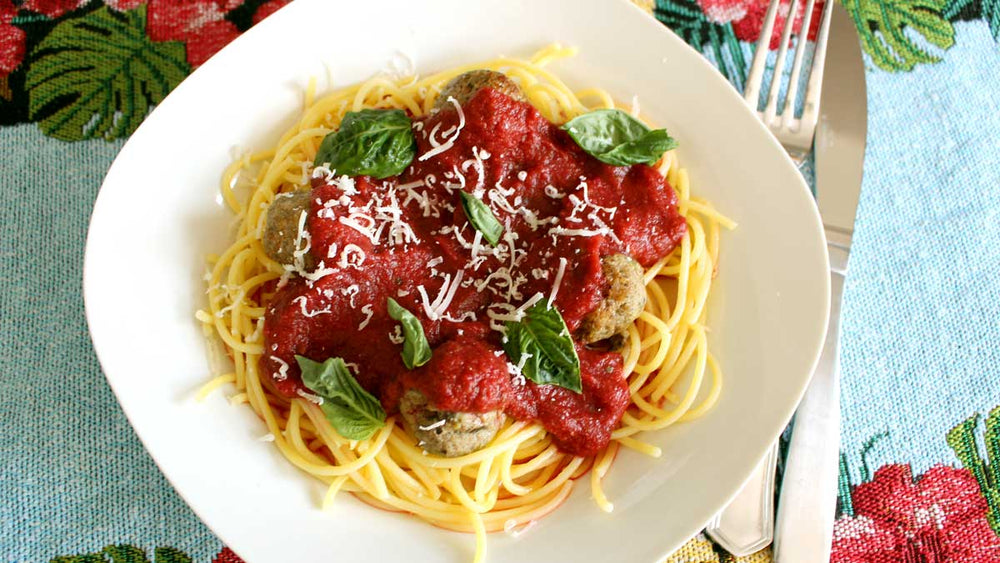






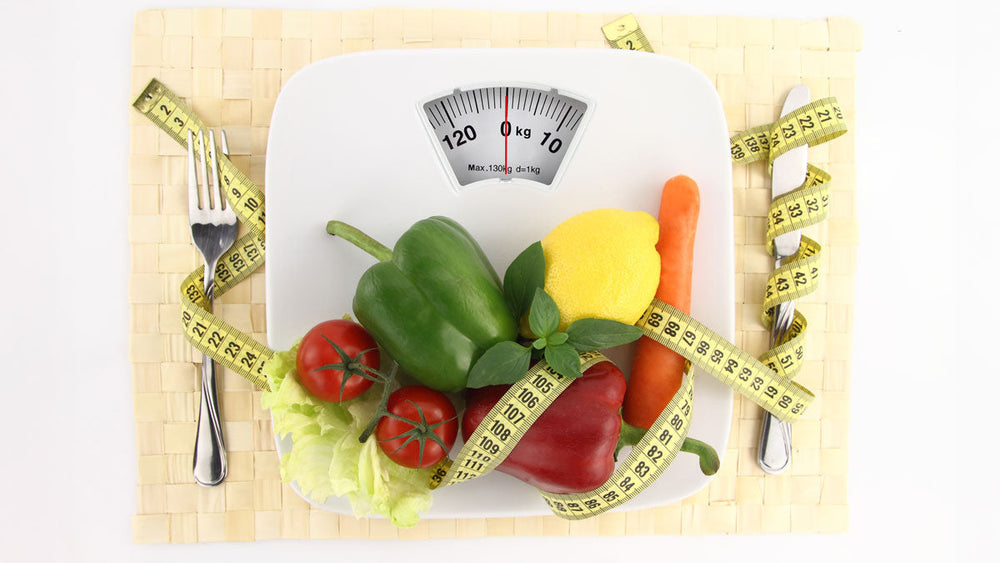



Comments
Join The Conversation...